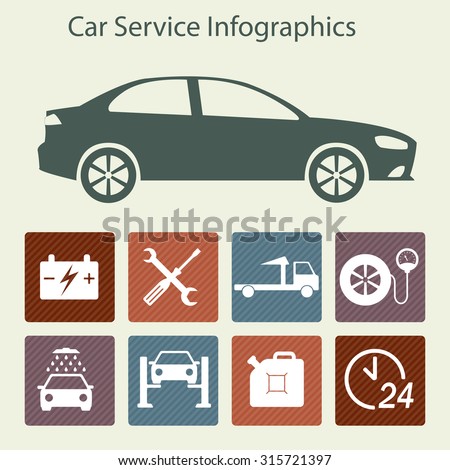Analyzing Your Auto'S Alert Lighting: Their Real Implications
Analyzing Your Auto'S Alert Lighting: Their Real Implications
Blog Article
Web Content By-Termansen Winters
When you lag the wheel, those beautiful caution lights on your dashboard can be a little bit complicated. Do you understand what they're attempting to tell you concerning your cars and truck's wellness? Recognizing the value of these lights is essential for your security and the durability of your vehicle. So, the following time one of those lights pops up, wouldn't you want to decipher its message properly and take the necessary actions to resolve it?
Common Caution Lights and Interpretations
Identify typical warning lights in your cars and truck and understand their definitions to ensure risk-free driving.
The most regular caution lights include the check engine light, which indicates concerns with the engine or discharges system. If this light comes on, it's essential to have your vehicle checked immediately.
The oil pressure cautioning light shows reduced oil stress, requiring immediate attention to stop engine damages.
A flashing battery light may suggest a faulty charging system, potentially leaving you stranded otherwise resolved.
The tire stress surveillance system (TPMS) light signals you to reduced tire pressure, affecting car stability and gas effectiveness. Ignoring this might cause harmful driving conditions.
The abdominal light suggests a problem with the anti-lock braking system, endangering your ability to quit rapidly in emergencies.
Last but not least, the coolant temperature level warning light warns of engine getting too hot, which can cause serious damages if not resolved promptly.
Understanding full service car cleaning near me will certainly assist you deal with concerns without delay and preserve secure driving problems.
Importance of Prompt Attention
Comprehending the common warning lights in your auto is just the initial step; the relevance of immediately dealing with these warnings can not be stressed sufficient to ensure your safety when driving.
When a warning light illuminates on your control panel, it's your car's way of communicating a potential issue that needs interest. Overlooking these warnings can cause more extreme problems in the future, compromising your safety and security and possibly costing you more out of commission.
https://stephenqkeat.blogpixi.com/31492800/unearthing-neighborhood-gems-an-overview-to-exceptional-car-fixing-shops-in-your-environments to warning lights can protect against failures and mishaps. For instance, a blinking check engine light can indicate a misfire that, if left neglected, can trigger damage to the catalytic converter. Addressing this quickly can conserve you from a costly repair work.
In a similar way, a brake system alerting light could indicate low brake liquid or used brake pads, essential parts for your security when driving.
Do It Yourself Troubleshooting Tips
If you see a caution light on your control panel, there are a few do it yourself troubleshooting tips you can attempt prior to looking for specialist assistance.
The primary step is to consult your vehicle's manual to understand what the specific warning light indicates. Often the problem can be as easy as a loose gas cap setting off the check engine light. Tightening the gas cap might settle the issue.
An additional usual concern is a reduced battery, which can cause numerous cautioning lights. Checking the battery links for deterioration and ensuring they're secure could take care of the issue.
If a warning light lingers, you can try resetting it by separating the vehicle's battery for a few mins and after that reconnecting it. Furthermore, checking https://patch.com/new-jersey/bloomfield/bloomfield-auto-college-helps-students-line-jobs-truck-company , such as oil, coolant, and brake liquid, can assist fix alerting lights associated with these systems.
Conclusion
To conclude, understanding your auto's caution lights is crucial for keeping your automobile running efficiently and safely. By quickly attending to these signals and understanding what they mean, you can stay clear of costly fixings and possible malfunctions.
Keep in mind to consult your car's handbook for specific details on each warning light and take action accordingly to ensure a hassle-free driving experience.
Keep notified, stay read this -free when driving!
